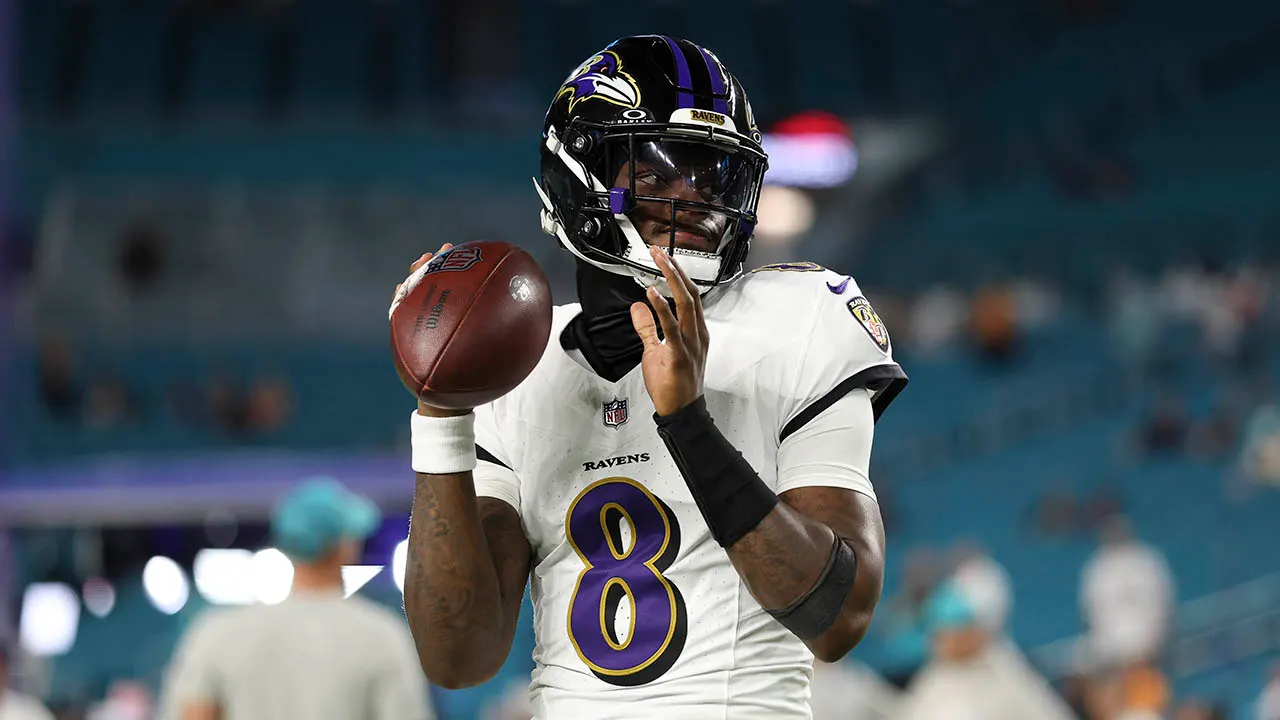Copyright forbes

This Swift era is defined by one striking choice: the color orange By David López-López, Associate Professor of Marketing at Esade When Taylor Swift releases an album, the world doesn’t just listen — it participates. Her latest record, The Life of a Showgirl (October 3, 2025), is another reminder that Swift is not only a musician but also one of the most sophisticated brand architects of our time. What began as a surprise announcement at midnight has evolved into a global event that merges art, fandom, commerce, and storytelling into a single cultural phenomenon. In an era when traditional album sales have collapsed, Swift has built a model that combines emotion, narrative, and precision marketing into a phenomenon powerful enough to move markets, inspire brands, and shape culture. The (Orange) Path to a Global Brand The Life of a Showgirl is Swift’s twelfth studio album and marks a deliberate return to the pop mainstream, according to ELLE. Produced by Max Martin and Shellback, the duo behind many of her chart-topping hits (and who helped her define the 2012-2017 era), the album abandons the folk and indie influences of Folklore and Evermore for a polished, high-energy sound reminiscent of her 1989 era. At just 12 tracks, this release is more concise than the sprawling The Tortured Poets Department, offering a focused, cohesive product. Thematically, it celebrates confidence and artistic control rather than heartbreak or introspection. MORE FOR YOU Visually, this era is defined by one striking choice: the color orange, specifically “Portofino orange glitter”. Swift’s creative team transformed this hue into the icon of the era, from album art to stage design, and even urban landmarks lighting up in orange. This chromatic identity quickly spilled into other brands, as companies such as Dunkin’, FedEx, X or Walmart temporarily adopted orange-themed marketing to ride the wave of Swift’s cultural moment. The result is a level of aesthetic coherence that turns an album into a living brand. What’s New in This Launch Every Swift era evolves her playbook. For The Life of a Showgirl, several innovations stand out. First, the audience expansion. Instead of announcing the album through a conventional music channel, Swift revealed it in New Heights, the sports podcast hosted by Travis Kelce and his brother. According to People, this move blurred the line between pop culture and sports entertainment, broadening her demographic reach. Second, the revival of limited physical editions. Swift’s marketing team released multiple vinyl variants and even a limited iTunes edition, creating scarcity in an age of digital abundance. This scarcity underscores the strategy of converting streaming-era fans into collectors. For example, in the first week alone, The Life of a Showgirl sold 1.2 million vinyl copies in the United States — a record for this format. Pre-order vinyls and limited editions emphasize value. Third, the integration of brands and fandoms. Swift turned her fans, the Swifties, into active agents of her campaign. Cryptic clues, countdowns, and aesthetic Easter eggs created a shared mission, generating billions of organic impressions across social media. The participatory nature of her fandom marketing is now studied at institutions like Harvard, University of Pennsylvania or Esade as a case of “community-driven brand amplification.” Fourd, concise track list for product focus and record-setting digital metrics. At 12 tracks, the album intentionally moves away from sprawling track lists, aiming for quality, coherence and narrative tightness. Swift said: “I wanted an album where everything fits like a perfect puzzle”. The result: Pre-saves on Spotify surpassed six million, making it the most pre-saved album in the streaming platform’s history. On its first day the album broke the record for most-streamed album in a single day in 2025. Finally, the storytelling discipline. This era refines Swift’s signature narrative structure, every lyric, photo, and symbol feeds into a consistent story of empowerment and rebirth. The “showgirl” metaphor reflects not just performance but resilience, portraying Swift as a master of her own spectacle. Owning the Spotlight: Turning Stardom into Strategy Taylor Swift’s brand equity is built on control. After reclaiming the masters of her earlier albums, she became the rare artist who owns nearly every aspect of her creative and commercial output. This independence allows her to align her artistic choices with her business objectives, from pricing strategies to tour logistics. The numbers are staggering. Her Eras Tour has already generated more than 5 billion dollars in global economic impact, boosting local economies in every city it touched. The Life of a Showgirl aims to capitalize on that momentum, transforming a post-tour transition into a new growth phase. The strategy is multi-layered: maximize streaming while expanding high-margin revenue streams through merchandise, collectibles, experiences, and licensing. In marketing terms, Swift has moved from product marketing to ecosystem marketing, where every output reinforces a broader value network. Beyond Music: The Economics of “Swiftonomics” Swift’s influence now extends well beyond entertainment. Analysts from The Economist and CNBC have documented how her tours and releases drive measurable boosts in hospitality, retail, and digital consumption. In some U.S. cities, local GDP growth during The Eras Tour dates surpassed 1 percent, prompting mayors to declare “Taylor Swift Week” to capture the influx of visitors and spending. With The Life of a Showgirl, Swift’s approach mirrors that of the world’s strongest global brands. She creates scarcity in abundance, meaning in commerce, and loyalty through narrative. As Harvard Business Review wrote in its analysis of her re-recording strategy, “Swift has mastered the art of turning ownership into identity.” Lessons for Marketing Leaders From a business and marketing standpoint, several insights emerge from Swift’s latest launch: Consistency builds trust, but reinvention sustains relevance. Swift preserves her core narrative (authenticity and emotional storytelling) while reimagining her visual and sonic universe every few years. Scarcity has regained value and premium formats matter. In a world of streaming abundance, fans crave tangible artifacts that symbolize belonging. Limited physical variants create urgency, perceived value and collectibility. Fandom is the new media channel. Swift’s community generates reach and engagement no paid campaign could buy. They act as marketers, decoders and distributors, generating viral momentum beyond paid media. Cross-sector partnerships amplify exposure. By announcing her album in a sports podcast, Swift transcends traditional audience boundaries. Owning your story is the ultimate differentiator. Her creative autonomy (ownership of her masters and strategic timing control) reinforces credibility, a trait that modern consumers interpret as authenticity and message alignment. Risks and Rewards The strategy is high-stakes. No strategy is flawless. The perpetual teasing, Easter eggs, and cryptic marketing could cause fatigue among casual listeners. Yet even this controlled chaos is part of Swift’s brilliance: it keeps the narrative alive between albums, turning the waiting period into another form of engagement. The reward is clear. The Life of a Showgirl debuted with more than 1.5 million album-equivalent units in its first week, according to Billboard, making it one of the fastest-selling pop albums of 2025. On Spotify, it broke Swift’s own previous record for single-day streams, confirming that her mix of nostalgia, innovation, and strategy still resonates globally. The Takeaway The Life of a Showgirl reaffirms that Taylor Swift functions not only as a pop superstar but as a master class in brand strategy, emotional capital, and long-term relevance. She doesn’t merely chase trends; she defines and orchestrates them. For marketers and business leaders the message is clear: building relevance in a fragmented and fast-moving market requires narrative depth, community integration and multi-channel execution. Taylor Swift shows us that the future of marketing is not just visibility: it is meaning. In The Life of a Showgirl, she proves once again that the future of marketing doesn’t belong to the loudest voices, but to those who create worlds that people want to live in. Editorial StandardsReprints & Permissions



